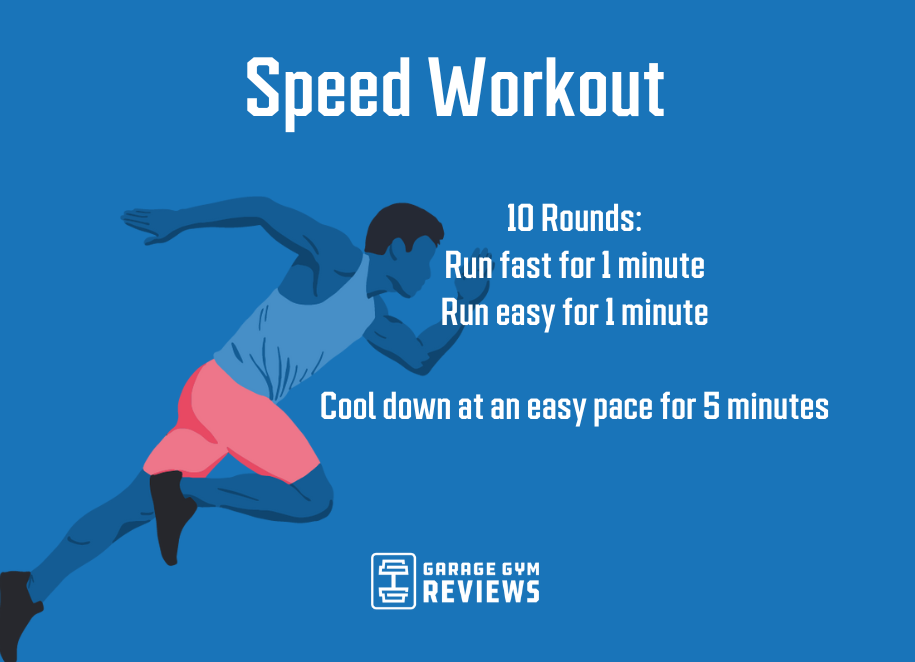Overcoming Discomfort in Operating: Techniques and Methods That Work
Discomfort is a common friend for many joggers, commonly functioning as an obstacle to achieving their preferred goals. Nonetheless, with the appropriate techniques and techniques, it is possible to overcome and even stop the pain related to running. By exploring numerous strategies such as comprehending the different kinds of running discomfort, optimizing footwear and form, incorporating cross-training and strength exercises, carrying out effective healing approaches, and keeping correct nutrition and hydration, joggers can potentially relieve their discomfort and boost their overall running experience.
Comprehending Different Kinds of Running Discomfort

One more kind of running discomfort is joint discomfort, which can manifest as a sharp or throbbing discomfort in areas such as the knees, hips, or ankles (running strategy). Joint discomfort may be triggered by elements like incorrect running form, overuse, or underlying conditions like arthritis (get the real info). It is essential to differentiate in between muscle mass soreness and joint pain, as the latter may require clinical focus to stop more injury
Recognizing the different types of running pain is crucial for effective management and prevention strategies to guarantee a secure and delightful running experience.
Correct Footwear and Running Type
To maximize performance and minimize the danger of running-related injuries, selecting proper footwear and keeping proper running form are necessary elements for joggers of all degrees. It is suggested to choose running footwear that are specifically made for the person's foot kind, running gait, and the type of running task they involve in.

Cross-Training and Strength Exercises
Participating in cross-training and including strength exercises into a running regimen can considerably improve general performance and reduce the possibility of injuries. Cross-training, such as cycling or swimming, aids improve cardio fitness while providing running muscles a break from repeated effect. It likewise assists enhance various muscle groups, resulting in better overall body conditioning. Strength exercises, like squats, lunges, and core workouts, play a critical duty in stabilizing muscles and improving running efficiency. They can deal with muscular tissue inequalities, improve dexterity, and boost power outcome, all of which are essential for running performance.
It is important to permit for adequate rest between running sessions and cross-training activities to stop overuse injuries. By including these components into a running routine, runners can develop a more powerful foundation, boost performance, and take pleasure in a much more sustainable running experience - more about it here.
Recuperation and Rest Strategies
Having actually established the value of cross-training and stamina exercises in a thorough running routine, attention can currently be guided towards Recovery and Rest Techniques as integral components for maximizing performance and lowering the threat of injuries. (running workout)
Recuperation after running is crucial for muscular tissue fixing and growth. Methods such as foam rolling, stretching, and massage therapy assistance in minimizing muscular tissue discomfort and enhancing versatility. Appropriate remainder in between runs enables the body to recover and adapt to the physical stress and anxiety, avoiding overuse injuries.
Incorporating active recuperation days into a training schedule, where low-intensity activities like walking or biking are done, can boost blood circulation and promote recovery without putting excess pressure on the muscles. Furthermore, correct hydration and nourishment play a vital role in the recovery process by replenishing shed liquids and nutrients.
Quality sleep is an additional important facet of recovery that ought to not be overlooked. During rest, the body undergoes fixing and regeneration procedures, contributing to general physical and psychological health. By prioritizing healing and rest strategies, runners can maintain ideal performance degrees and decrease the possibility of experiencing discomfort or injuries.
Nutrition and Hydration for Runners
Carbohydrates offer energy for running, while proteins help in muscular tissue repair work and recovery. Appropriate hydration is additionally important to preserve optimum efficiency, as even light dehydration can negatively affect running efficiency. In addition, timing dishes and snacks appropriately prior to runs can help avoid stomach discomfort and supply the required power for peak performance.
Conclusion
To conclude, by recognizing the various kinds of running discomfort, wearing appropriate footwear, maintaining appropriate running type, including cross-training and stamina exercises, focusing on healing and remainder, and concentrating on nourishment and hydration, runners can successfully conquer discomfort and enhance their efficiency. Implementing these techniques and methods can help runners avoid injuries, boost their endurance, and eventually appreciate a more satisfying running experience.